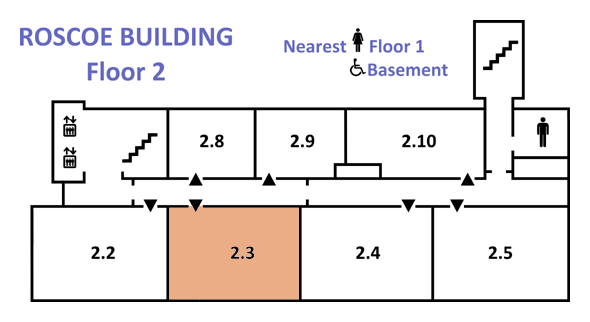
|
iCHSTM 2013 Programme • Version 5.3.6, 27 July 2013 • ONLINE (includes late changes)
Index | Paper sessions timetable | Lunch and evening timetable | Main site |

|
iCHSTM 2013 Programme • Version 5.3.6, 27 July 2013 • ONLINE (includes late changes)
Index | Paper sessions timetable | Lunch and evening timetable | Main site |
 | University of Manchester, United Kingdom
| University of Manchester, United KingdomIn recent decades, many historians have tried to recreate past scientific experiments and earlier technologies. From medieval alchemy to the Difference Engine, re-enactment is used to recover tacit knowledge, mobilise historical scientific instruments and test modern assumptions about early scientific practice. But what exactly does the success or failure of re-enactment teach us? How do we access knowledge about experiments described in past texts? How should historians handle seemingly absurd experimental claims by past scientists? And if past experiments can be replicated, is it legitimate for historians to vary or extend those experiments to learn more? This workshop, organised by the British Society for the History of Science, explores such historiographical and methodological issues by examining recent attempts to recreate past science. We investigate the value of replication for research, teaching and public engagement - but also its pitfalls.
Panellists will address these questions by discussing and demonstrating their own experience of experimental re-enactment. The first panel focuses on chemistry. Hasok Chang shows how reproduction of forgotten experiments can help recover lost scientific knowledge, while also extending this knowledge through new follow-up experiments: illustrated using electrochemical experiments. Jennifer Rampling asks how far we can reconstruct early-modern practices with encoded procedures and seemingly unattainable ends, based on her testing of alchemical recipes. James Sumner uses re-enactment to introduce nineteenth-century brewing techniques to public audiences, as a vivid way of conveying the credibility problems faced by “brewer’s druggists.”
The second panel treats the physical sciences more widely. Laurence Totelin asks whether historians have placed too much emphasis on tacit knowledge, taking us through her own attempts to recreate ancient cosmetics and pharmacological recipes. Haileigh Robertson explores the physical hazards of reproducing dangerous or explosive practices: recreating seventeenth-century gunpowder experiments. Using Hertz’s experiments on electrical force, Roland Wittje argues that rebuilding historical instruments offers a way of exploring scientific instruments and interpreting practices related to building and using them. The panels conclude with commentary from two pioneers of historical re-enactment: Otto Sibum and Peter Heering.

